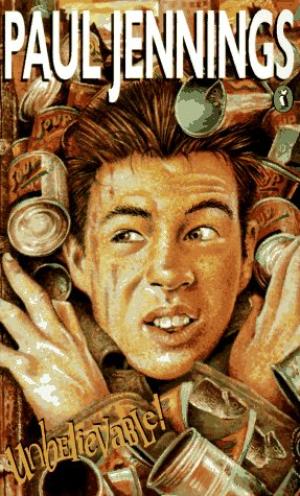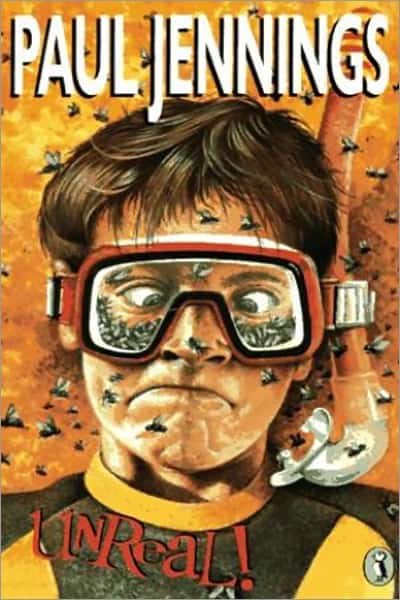-
The Gift Of The Magi by O. Henry Analysis
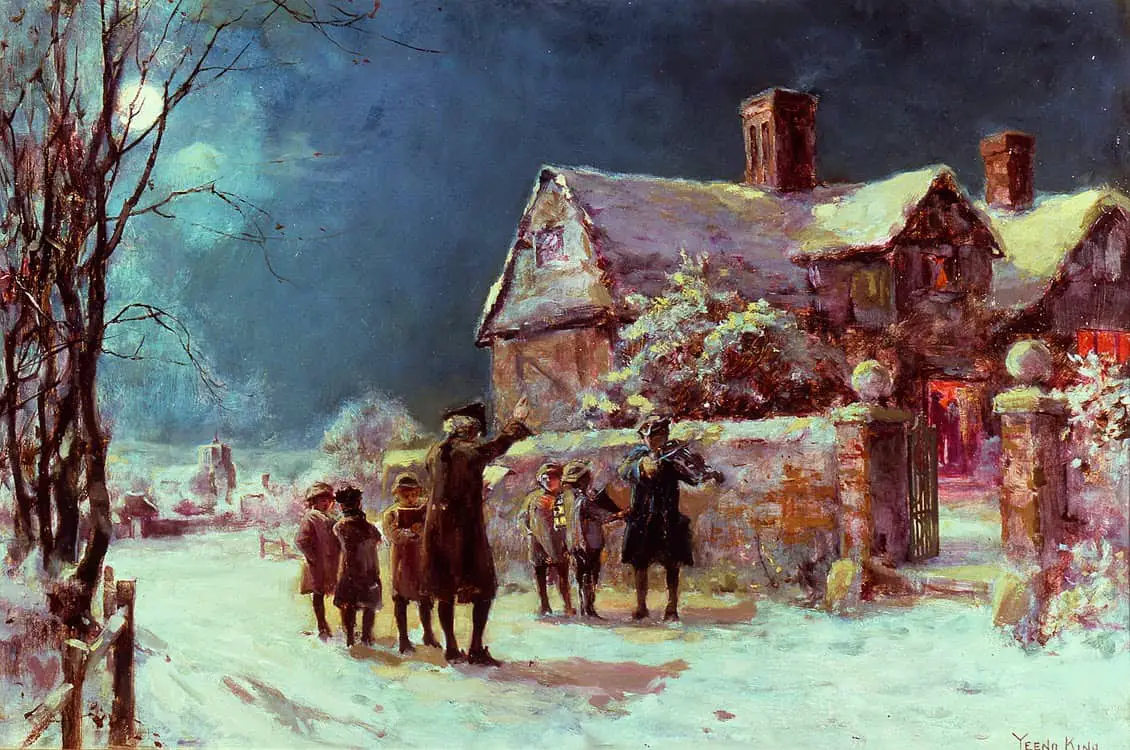
See, “The Gift Of The Magi” (1905) is why we don’t buy secret gifts. Aren’t we always told in relationships that communication is key? Yes, yes it is. Either buy your own presents, or drop strong hints in the lead up to gift giving season. Wait, that’s not what I’m meant to take away from
-
When Everyone Else Is A Ghost

You may not believe in ghosts to enjoy ghost stories. I don’t either. But once you understand how ghost stories work, you’ll understand how tools of persuasion are used in other realms. Studying the ghost story is a fun way to study the techniques of persuasion. Ghost stories have plenty of other functions, too. There
-
Unmentionable by Paul Jennings
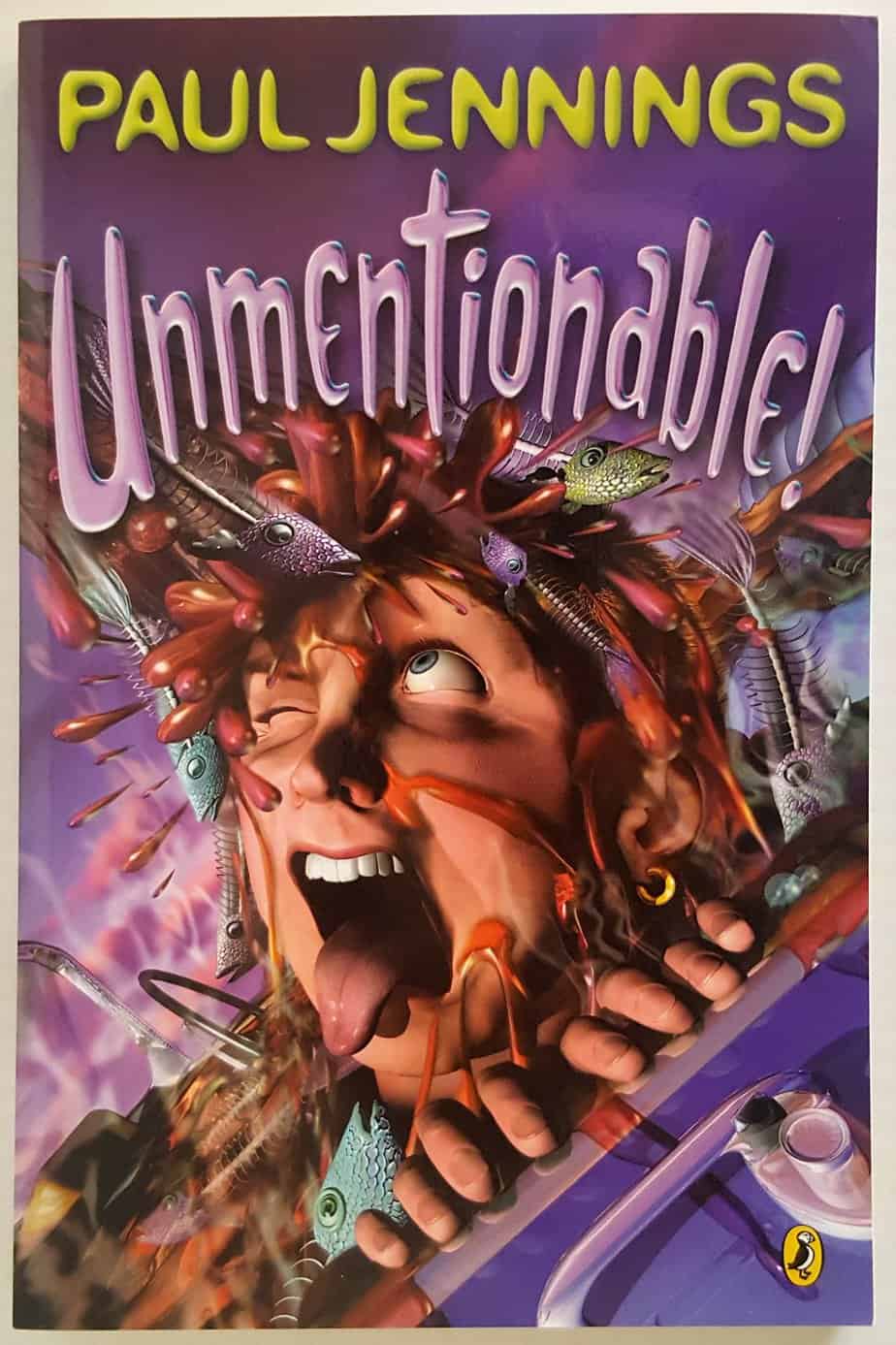
Unmentionable (1991) is a collection of 9 hi-lo short stories by iconic Australian author Paul Jennings. STORY STRUCTURE OF “ICE MAIDEN” In “Ice Maiden”, a boy falls in love with an ice statue, but he gets over his love for the ice once he meets a real girl. I have some sympathy for the phenomenon
-
The Murders In The Rue Morgue by Edgar Allan Poe Analysis
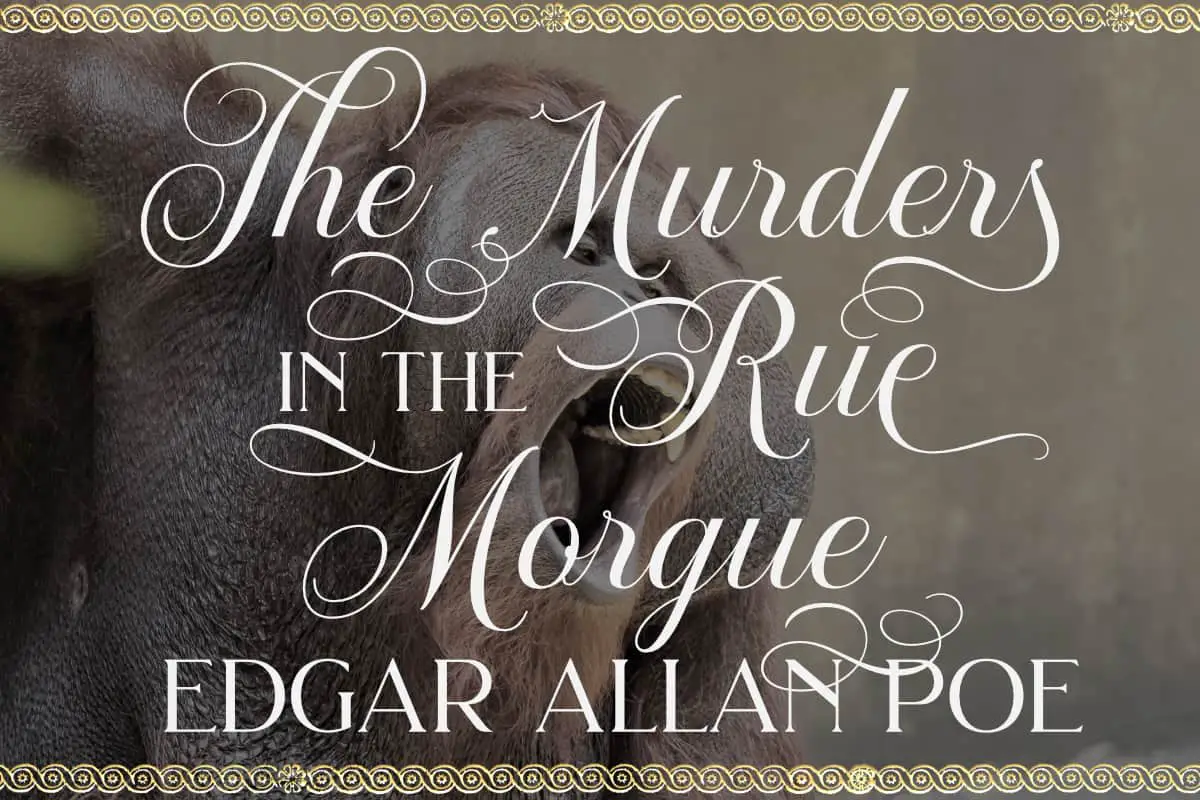
“The Murders In The Rue Morgue” by Edgar Allan Poe (1841) is thought to be the first modern detective story. (Well, Oedipus is sometimes considered the first one on record.) For me there is little interesting about this story, except for its influence on the crime genre. That in itself makes it worth reading. As
-
Writing Detective Stories
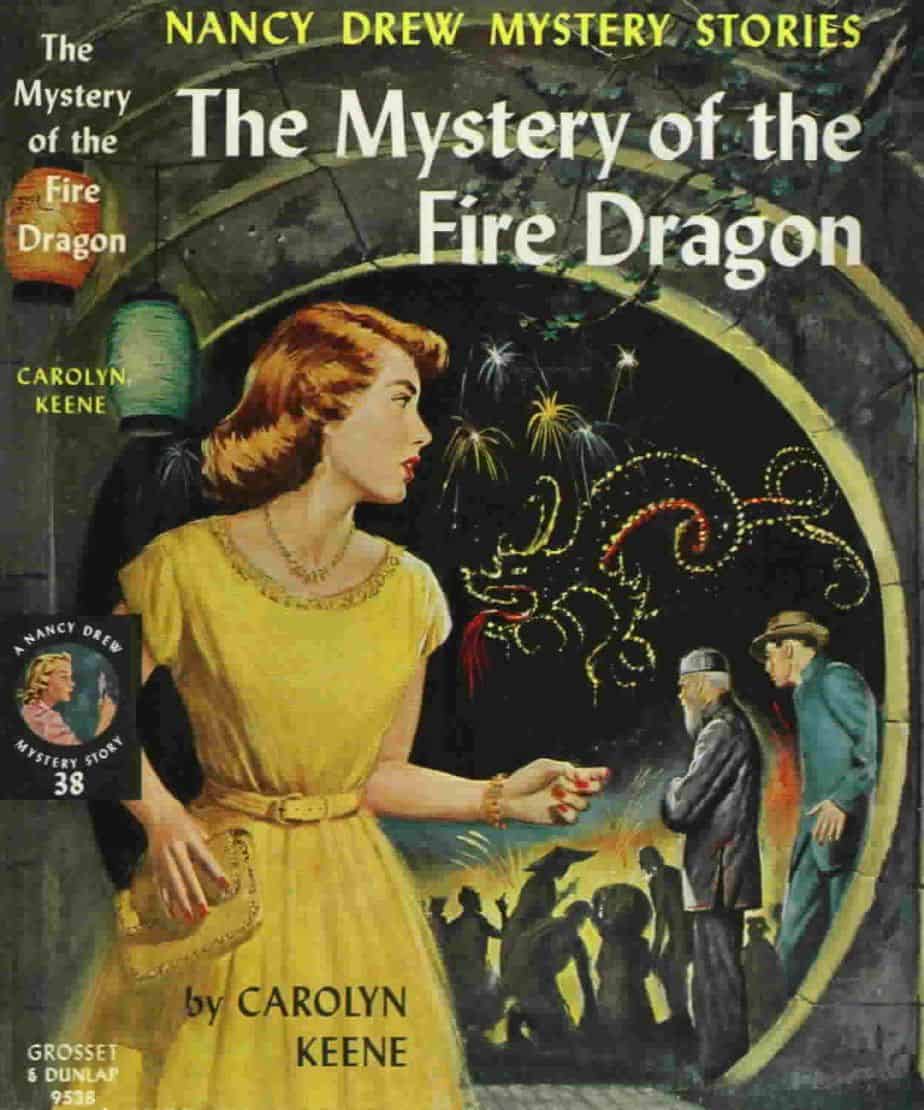
A detective story is a type of mystery told through the eyes of law enforcers. Crime stories, in contrast, are often told through the eyes of the criminal. An example of a crime story is The Sopranos. Detective stories relate the solving of a crime, usually one or more murders, by a main character who
-
All About The Thriller Genre
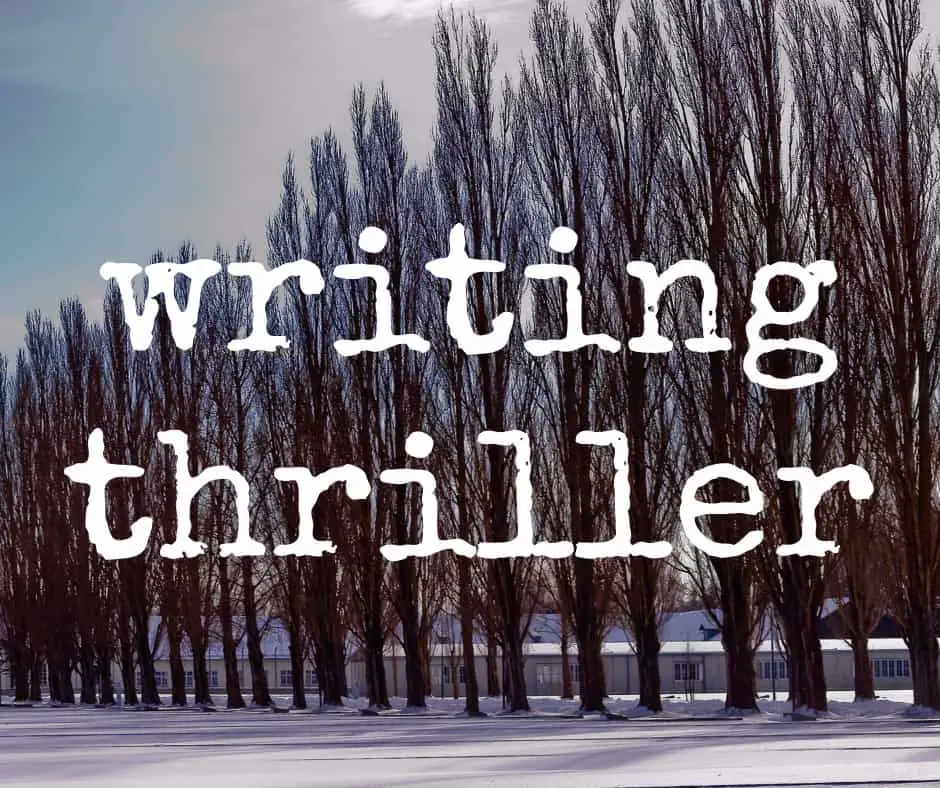
Below, I list a collection of thought-provoking tips on writing the thriller genre. It’s not that easy to pinpoint what a thriller is, because a lot of descriptions focus on the tone. But this doesn’t help writers much. From a writing point of view, the thriller must contain certain things, otherwise it’s not a thriller.
-
The Leader of the People by John Steinbeck
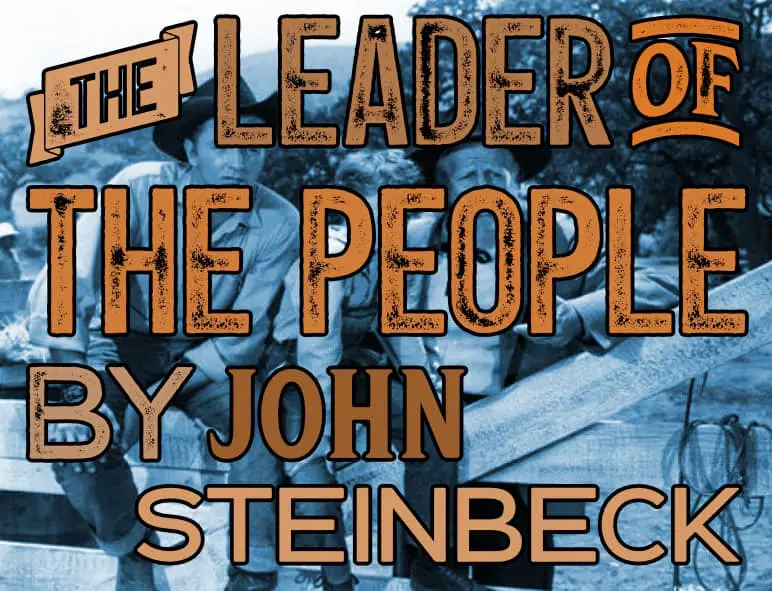
The Red Pony (1933) by John Steinbeck is described as an episodic novella, or interconnected short stories. “The Leader of the People” is the final work in the four interrelated stories in The Red Pony (1937, 1945). I really enjoyed this story from The Golden Argosy collection (as recommended by Stephen King), as it still
-
The Killers by Ernest Hemingway Analysis
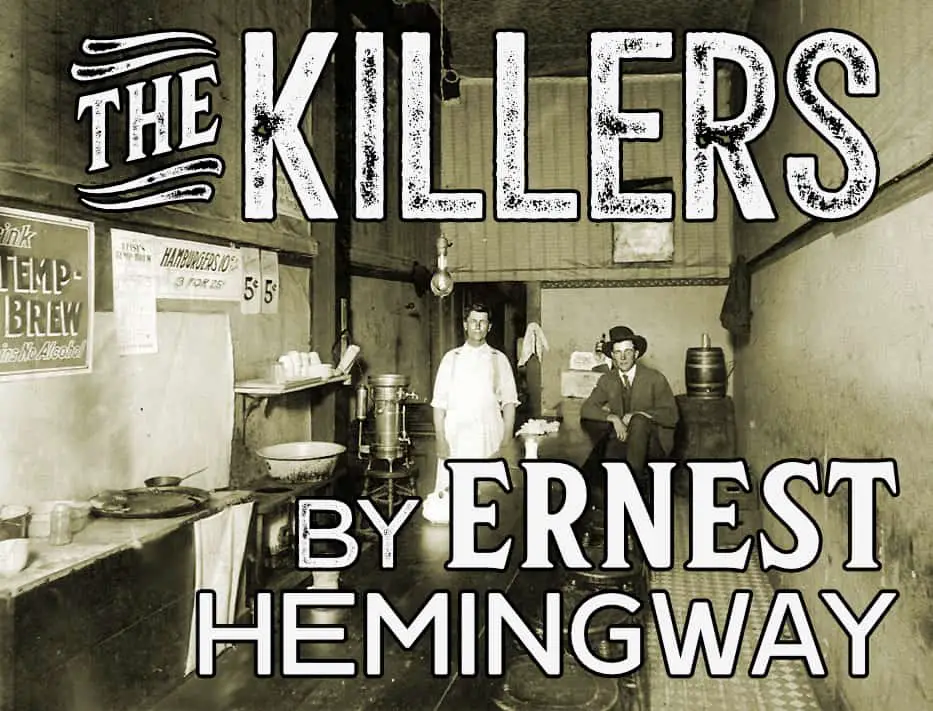
“The Killers” is a short story by Ernest Hemingway, first published 1927. Dorothy Parker goes on record as declaring “The Killers” the best short story of 1929.
-
The Gingerbread House In Hansel And Gretel
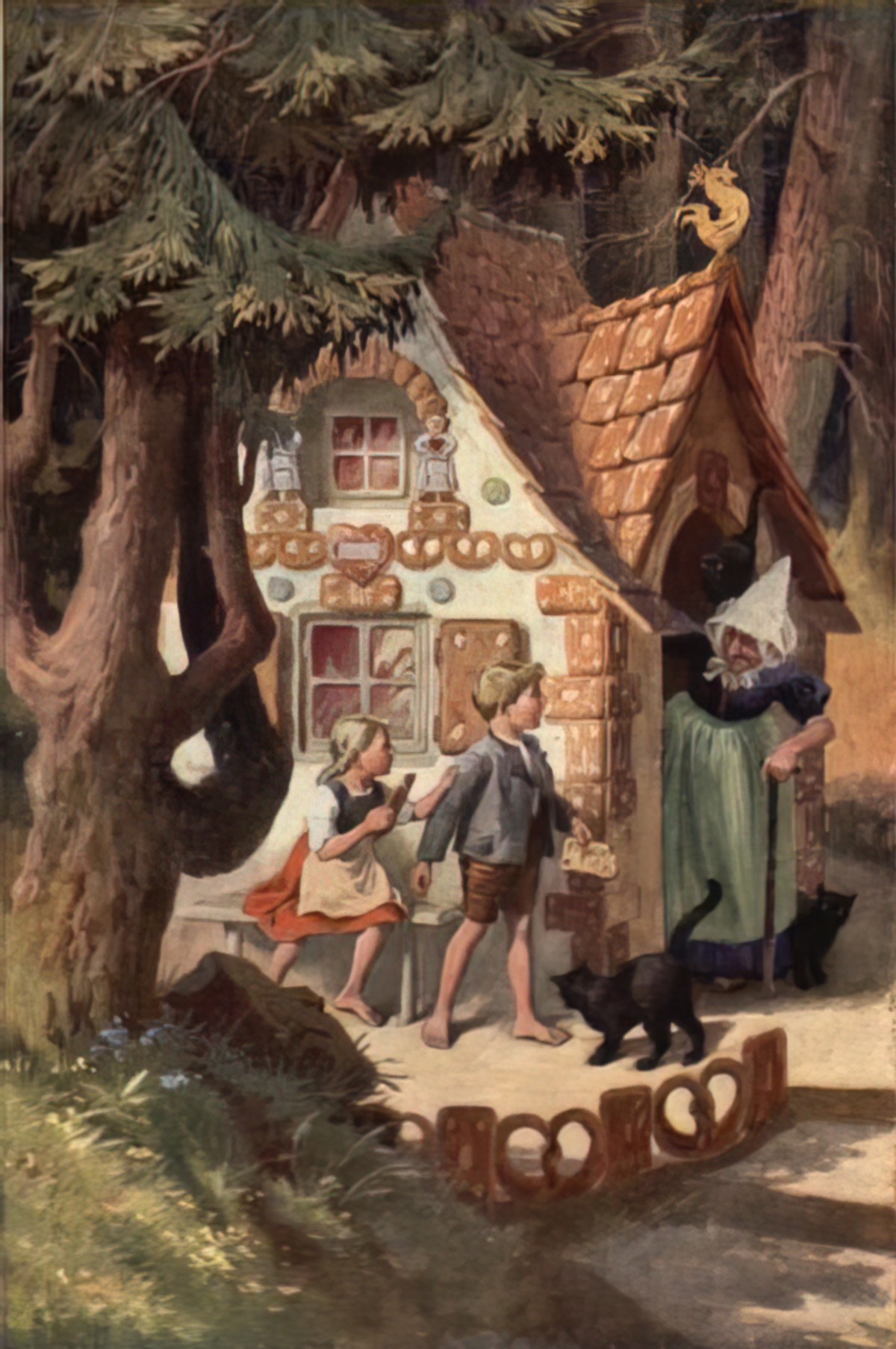
When artists choose to illustrate a single narrative moment, they make a choice of lasting importance, because their illustration creates a memorable impression for an entire story, one that visually anchors an impression of that story in its reader’s memory. Illustration history is full of such memorable moments. In the illustration history of Grimm’s Tales, one image predominates, that of…
-
Paul’s Case by Willa Cather Analysis
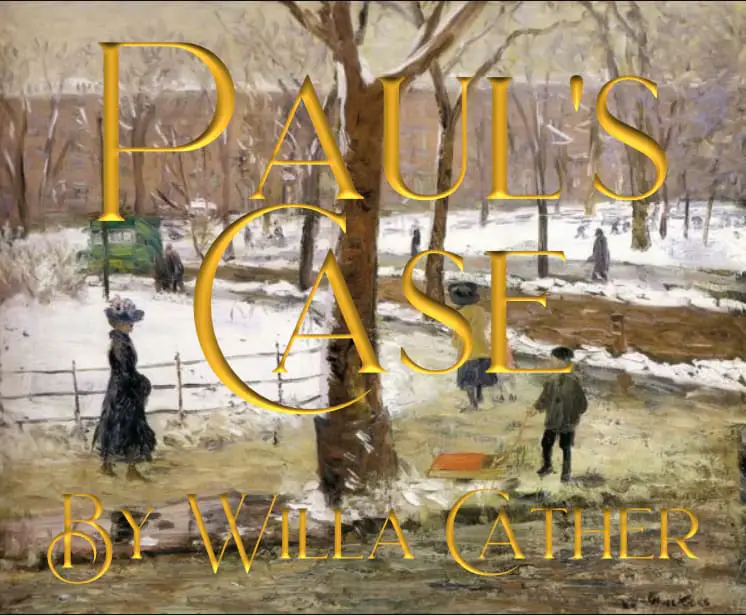
“Paul’s Case” is a short story by Willa Cather, first published in McClure’s Magazine in 1905 under the title “Paul’s Case: A Study in Temperament”. As a New Zealander, I have a longterm interest in Katherine Mansfield. I’m coming late to American Willa Cather, but the first thing I notice is that she was writing short
-
A Rose For Emily by William Faulkner Short Story Analysis
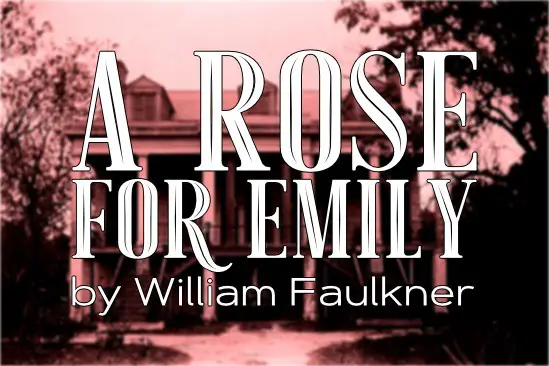
“A Rose For Emily” is a short story by Mississippi born William Faulkner, first published 1930. I didn’t know of the short story when I listened to the podcast Shit Town.
-
Dump Junk by Annie Proulx Short Story Analysis
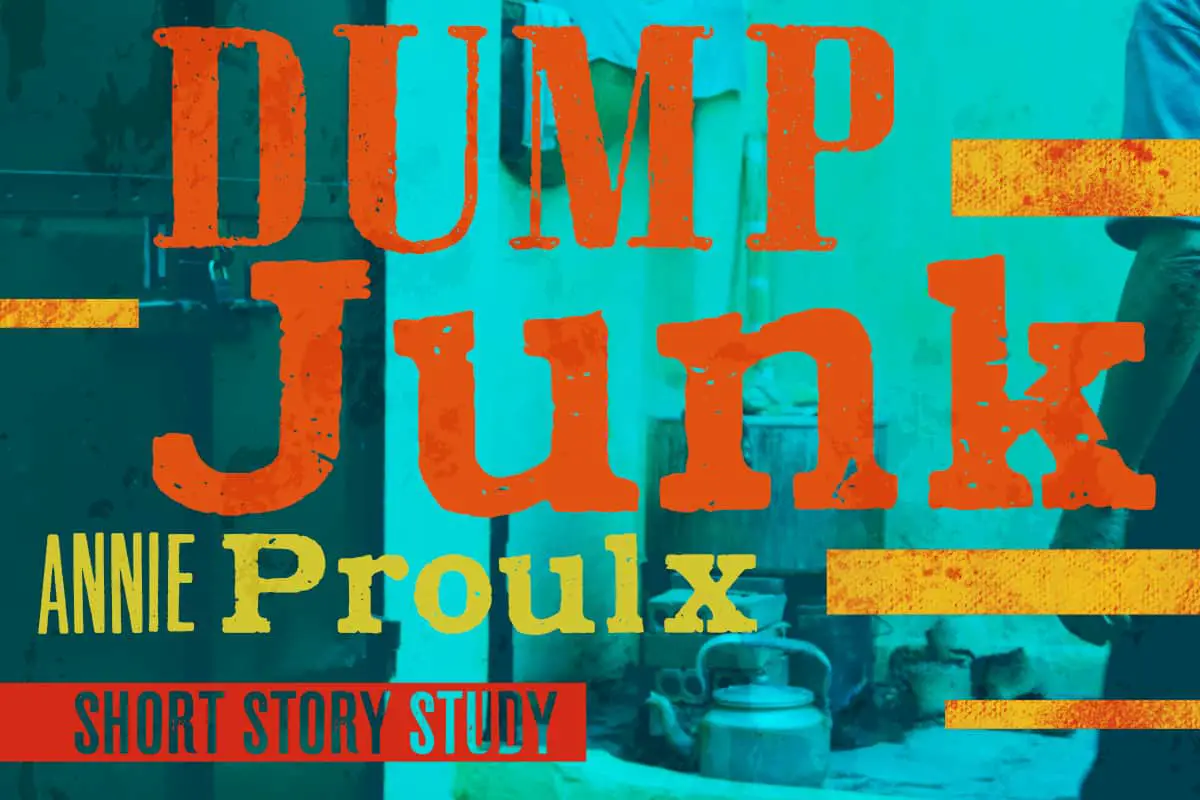
“Dump Junk” is a short story by Annie Proulx, included in the Bad Dirt collection (2004). This is a revisioned fairytale based on The Magic Porridge Pot and similar. Proulx’s shorts stories in many ways allude to, cite, and subvert a number of myths, legends, fairy tales, and folktales converging as common cultural patrimony. Annie
-
Stories We Tell About Women Who Kill Short Story Analysis
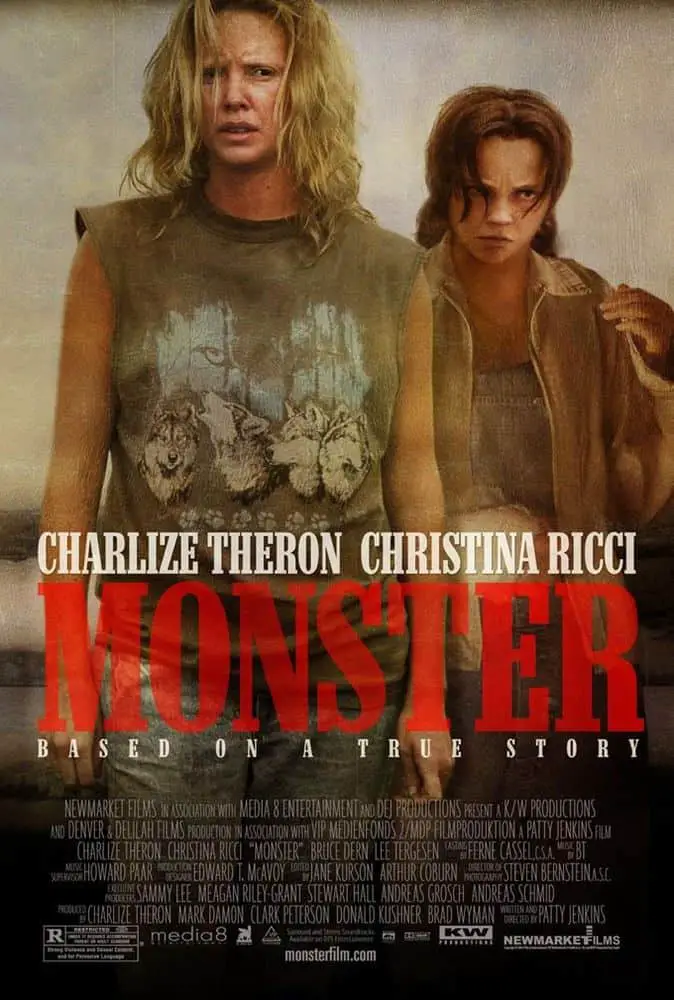
There is a strong audience for stories about women who kill men. Storytelling seems to be going through the Age of the Woman Killer right now, with the popularity of Dirty John (podcast and TV series) and a much publicised movie about the Lorena Bobbitt case, which originally happened in the early 1990s. On Netflix
